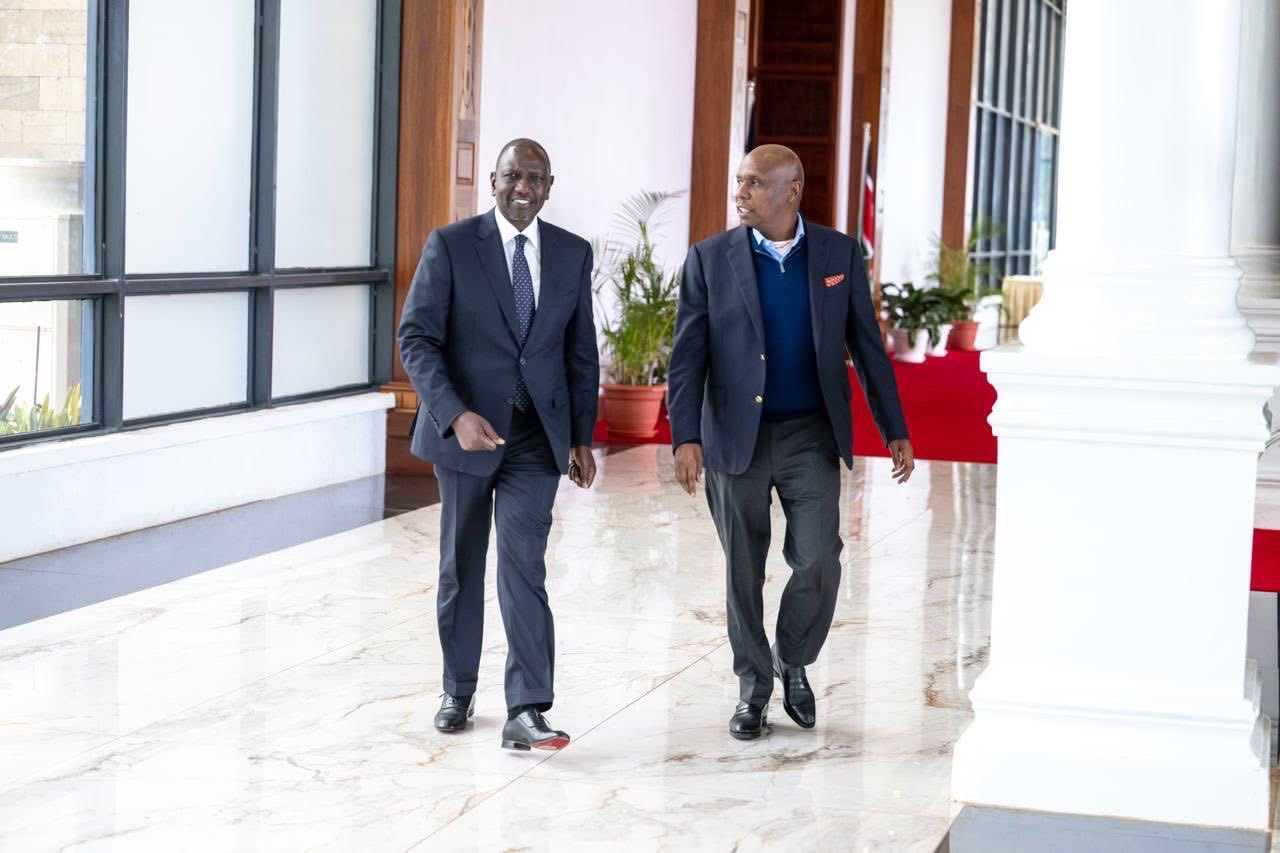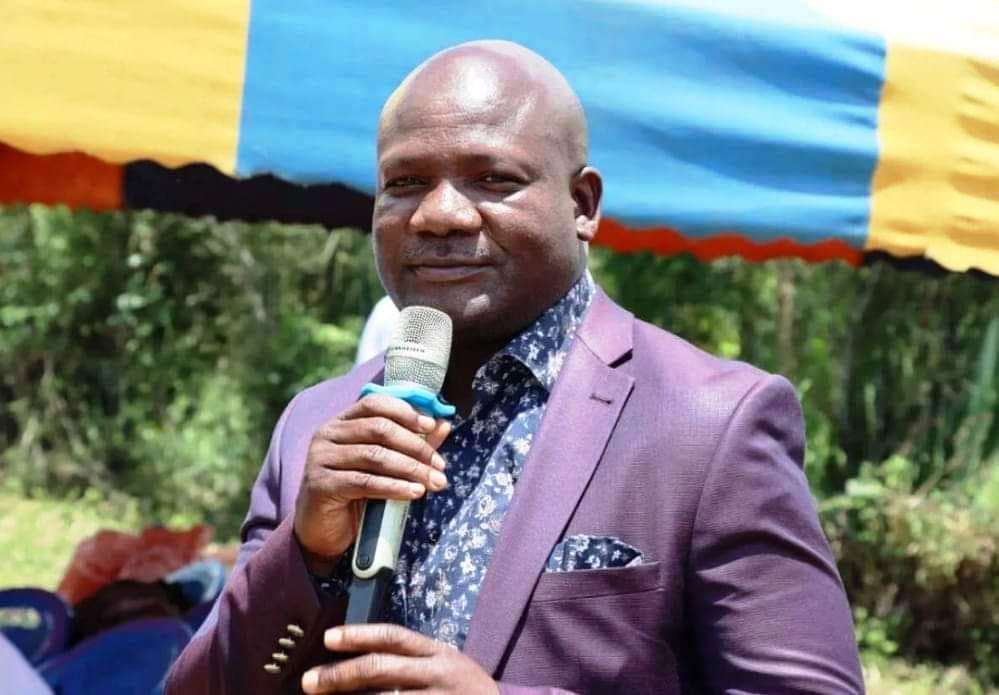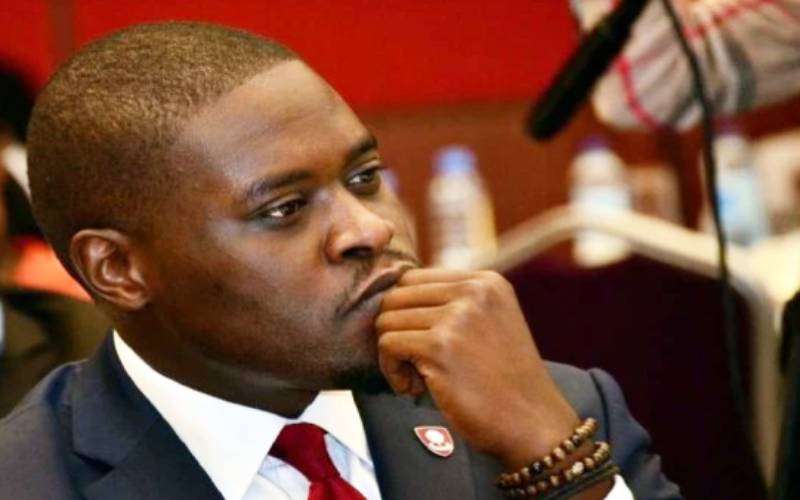Speculation is rife that either Lands Cabinet Secretary Alice Wahome or Investments, Trade and Industry Cabinet Secretary Lee Kinyanjui could be affected, a scenario that has unsettled leaders from the Mount Kenya region. Ruto is said to be cautious about removing senior officials from the area, mindful of the delicate political balance in the region
By The Weekly Vision Political Desk
Anxiety has gripped sections of President William Ruto’s Cabinet amid reports of an impending reshuffle to accommodate KANU Chairman Gideon Moi. This follows the President’s recent political pact with the KANU boss.
Sources close to State House reveal that a technical team is drafting a Memorandum of Understanding (MoU) between KANU and the United Democratic Alliance (UDA), paving the way for Moi’s entry into Ruto’s broad-based government. The deal reportedly includes one Cabinet position and two Principal Secretary slots for KANU nominees, a move that has unsettled some Cabinet Secretaries who now fear losing their positions.
The President’s overture towards Moi is viewed as a strategic move to unify the Kalenjin community under his leadership ahead of the 2027 General Election. Intelligence reports suggest that KANU still commands notable grassroots support in parts of the Rift Valley, where Moi remains an influential political figure. By bringing him into government, Ruto hopes to neutralise regional competition and consolidate his political base.
However, the plan has triggered tension within Cabinet circles. Speculation is rife that either Lands Cabinet Secretary Alice Wahome or Investments, Trade and Industry Cabinet Secretary Lee Kinyanjui could be affected, a scenario that has unsettled leaders from the Mount Kenya region. Ruto is said to be cautious about removing senior officials from the area, mindful of the delicate political balance in the region.
To avert backlash, insiders say the President might instead offer KANU less politically sensitive positions, such as Principal Secretary roles or appointments in state corporations. Such a compromise would facilitate KANU’s inclusion in government without destabilising the Cabinet.
Political analysts describe the renewed Ruto–Moi alliance as a marriage of convenience rather than an ideological partnership. For Moi, it provides a path back to political relevance after years in the cold. Reports indicate that he may be supported to contest the Baringo Senate seat unopposed in 2027, marking his formal return to elective politics.
Meanwhile, Ruto is also said to be working to strengthen his foothold in the Mount Kenya region. Former Public Service Cabinet Secretary Moses Kuria recently declared his readiness to collaborate with Deputy President Rigathi Gachagua to unify the region, a move political observers believe aligns with Ruto’s broader strategy to maintain influence across key voting blocs.
Some insiders claim Kuria’s renewed political activity may be part of a wider plan to monitor opposition movements and relay intelligence to Ruto’s inner circle. Critics, however, caution that such tactics could breed mistrust within the ruling coalition.
Ultimately, Ruto’s engagement with Moi underscores his pragmatic approach to power consolidation, neutralising potential rivals before they become threats. Whether this strategy enhances unity or stirs new divisions remains to be seen. What is clear is that Kenya’s political chessboard is shifting once again, and the anticipated Cabinet changes could reshape alliances ahead of the 2027 polls.





